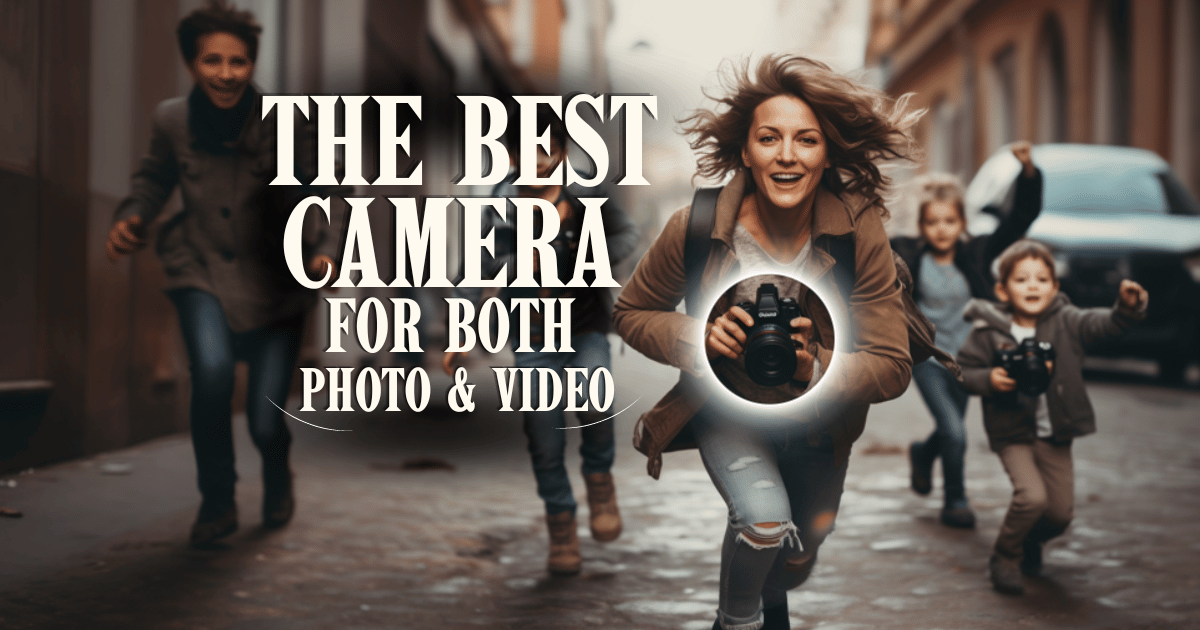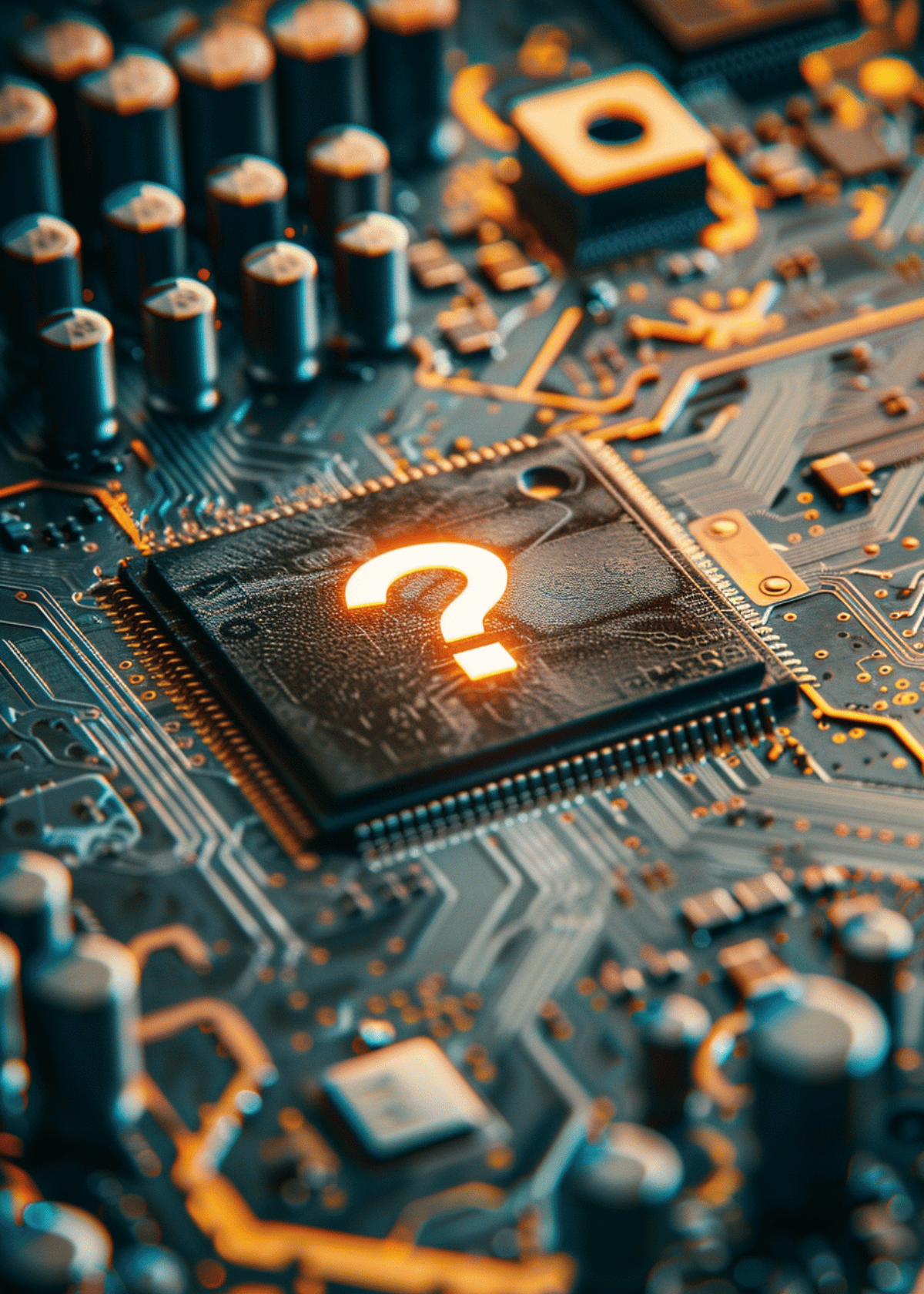Find Your NEW Camera in 5 Minutes or Less By Learning How to Choose the Best Camera for Photos and Videos!
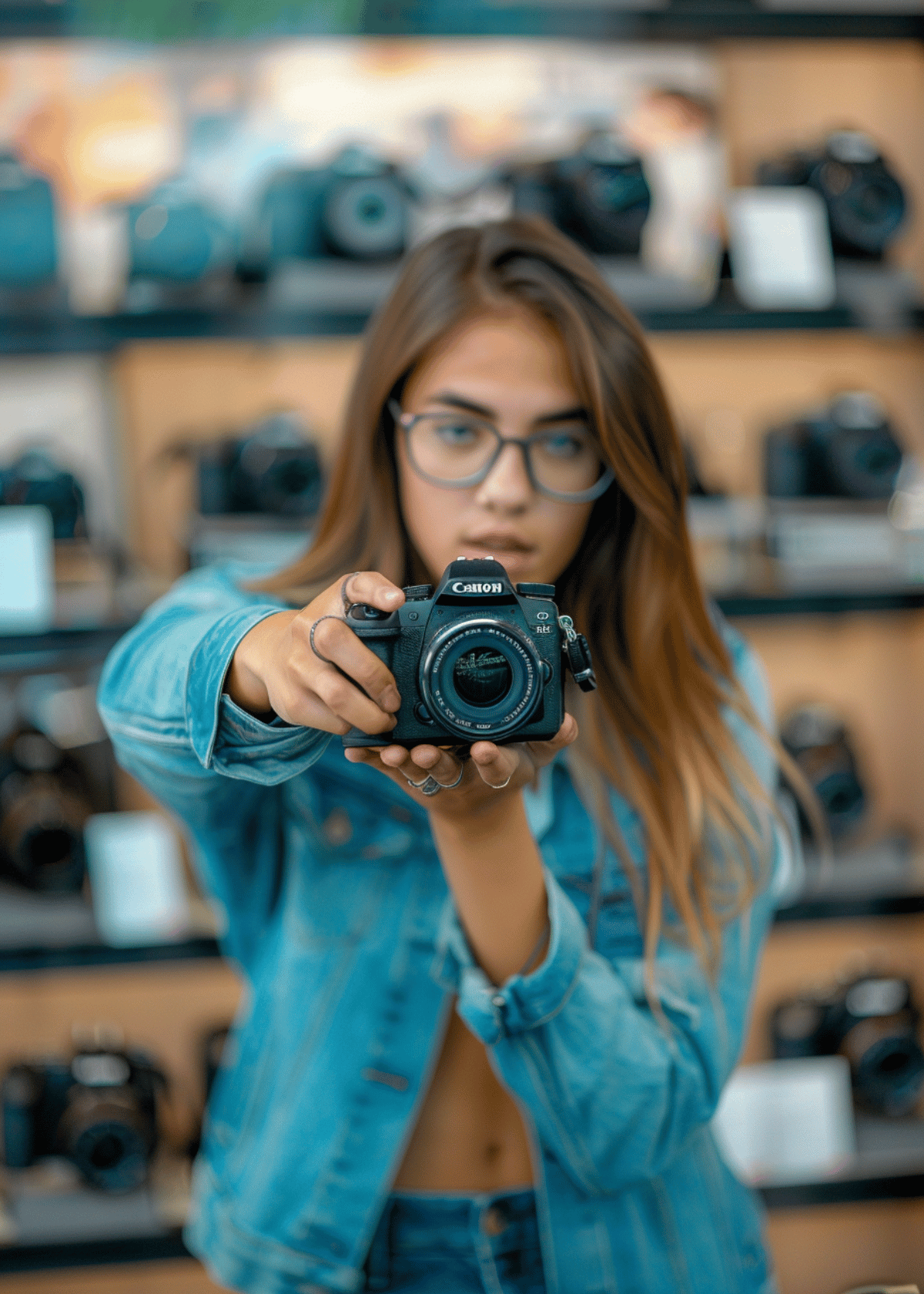
In the digital age, capturing high-quality photos and videos has become more accessible than ever before. However, the quality of the final output heavily relies on the camera used. Selecting the right camera is crucial for achieving professional-level results and ensuring that your memories are preserved in the best possible way. Whether you are a professional photographer, a videographer, or an enthusiast, having the right camera can make a significant difference in the outcome of your work.
Before investing in a camera, it is essential to consider several factors to ensure that you make an informed decision. These factors include the camera's image quality, resolution, sensor size, lens compatibility, autofocus capabilities, low-light performance, video recording features, and overall usability. Additionally, factors such as budget, intended use, and personal preferences also play a significant role in determining the right camera for you.
➯ Determine Your Needs and Budget
To select the right camera, it is crucial to assess your specific photography and videography needs. Consider the type of subjects you will be capturing, such as landscapes, portraits, sports, or wildlife. Determine whether you require advanced features like high-speed continuous shooting, weather sealing, or specialized lenses for your chosen subjects. Similarly, if you are primarily interested in videography, consider factors like video resolution, frame rates, and the availability of features like image stabilization and external microphone inputs.
Once you have determined your requirements, it is important to set a realistic budget. Cameras come in a wide range of prices, from entry-level options to professional-grade equipment. Consider your financial resources and how much you are willing to invest in your photography or videography equipment. Keep in mind that while higher-priced cameras often offer more advanced features and better image quality, there are also excellent options available at more affordable price points.
➯ Camera Types and Formats
When selecting a camera, it is essential to understand the different types available in the market. The three main types are DSLR (Digital Single-Lens Reflex), mirrorless, and point-and-shoot cameras. DSLRs are known for their versatility, optical viewfinders, and extensive lens options. Mirrorless cameras, on the other hand, are more compact, offer electronic viewfinders, and are often favored by videographers due to their advanced video capabilities. Point-and-shoot cameras are compact and easy to use, making them suitable for casual photography.
Sensor format refers to the size of the image sensor inside the camera, which directly affects image quality and low-light performance. Full-frame sensors offer the largest sensor size, providing excellent image quality and low-light capabilities. APS-C sensors are smaller but still offer good image quality and are commonly found in both DSLRs and mirrorless cameras. Micro Four Thirds sensors are even smaller and are typically found in mirrorless cameras, offering a more compact form factor while still delivering impressive image quality.
➯ Image and Video Quality
➻ Evaluating Resolution and Megapixel Count:
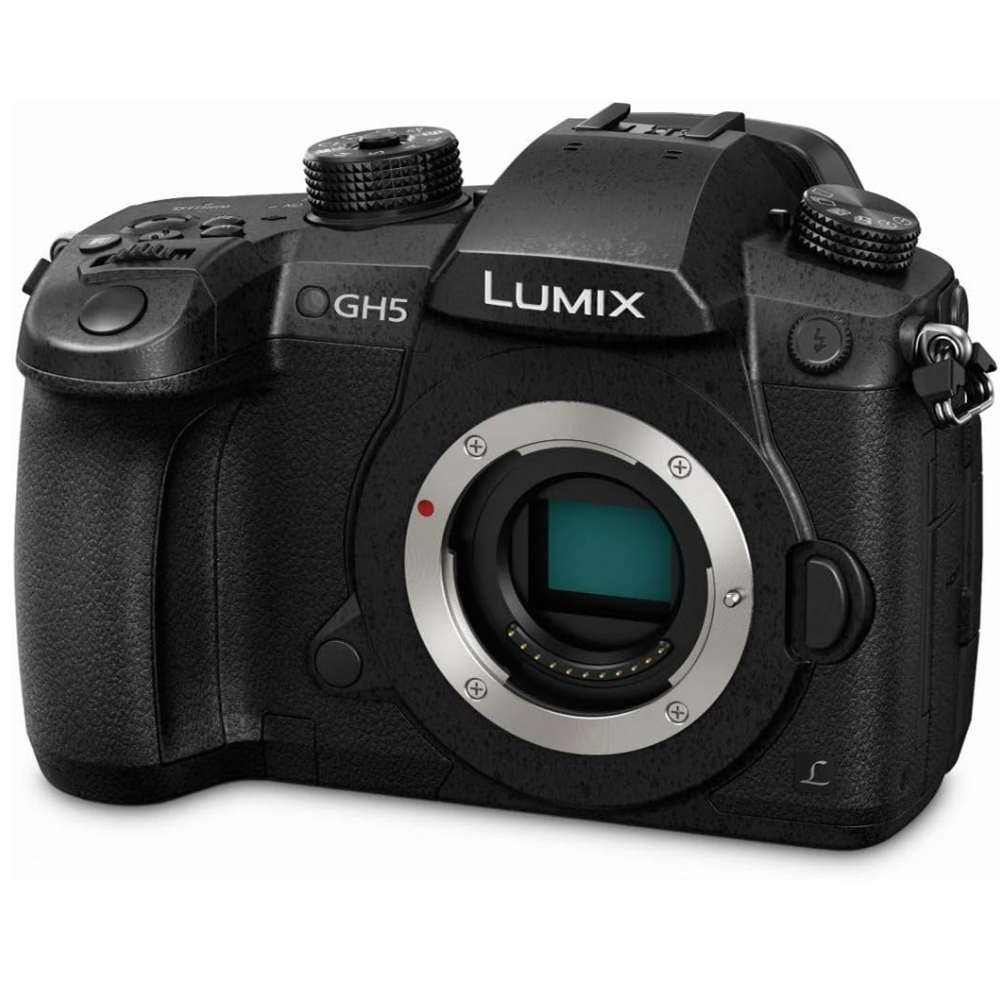
When assessing the image and video quality of a camera, it is important to consider the resolution and megapixel count. Higher resolution and megapixel count generally result in sharper and more detailed images. A camera with a higher megapixel count can capture more information, allowing for greater flexibility in cropping and enlarging images without significant loss of quality. However, it's worth noting that a higher megapixel count doesn't always guarantee better image quality, as other factors such as sensor size and image processing also play a crucial role.
➻ Considering Low-Light Performance and ISO Range:
Low-light performance is an essential aspect to consider when evaluating image and video quality. Cameras with good low-light performance can capture clear and noise-free images even in challenging lighting conditions. One way to assess low-light performance is by examining the camera's ISO range. A wider ISO range allows for greater flexibility in adjusting the camera's sensitivity to light. Cameras with higher ISO capabilities can produce better results in low-light situations without sacrificing image quality.
➻ Examining Dynamic Range and Color Accuracy:
Dynamic range refers to the camera's ability to capture a wide range of tones, from the darkest shadows to the brightest highlights, without losing detail. A camera with a higher dynamic range can retain more details in both the shadows and highlights, resulting in more balanced and visually appealing images. Color accuracy is also crucial, as it ensures that the camera reproduces colors as accurately as possible. Cameras with good color accuracy can capture images that closely resemble the original scene, making them ideal for professional photographers and videographers.
➯ Lens Compatibility and Interchangeability
Lens compatibility and interchangeability are important considerations when choosing a camera system. Assessing the availability and versatility of lens options allows you to determine whether the camera system can meet your specific needs. A wide range of lenses provides flexibility in capturing different types of shots, such as wide-angle, telephoto, or macro photography. Additionally, having access to lenses from various manufacturers can offer more options and potentially better-quality optics.
Understanding lens mounts is crucial when considering lens compatibility. Different camera systems have their own specific lens mounts, and not all lenses are compatible with every camera. It's important to ensure that the camera you choose has a wide range of compatible lenses available. Additionally, some camera systems offer lens adapters that allow you to use lenses from other systems, expanding your options even further.
➯Autofocus and Image Stabilization
Autofocus performance is essential for capturing sharp and well-focused images. When evaluating a camera's autofocus capabilities, consider factors such as autofocus speed, accuracy, and tracking capabilities. A fast and accurate autofocus system ensures that you can capture subjects in focus quickly and reliably, even in challenging shooting conditions. Additionally, advanced tracking capabilities can be beneficial for capturing moving subjects, such as sports or wildlife photography.
Image stabilization helps reduce camera shake, resulting in sharper images, especially in low-light situations or when using longer focal lengths. Some cameras offer in-body image stabilization (IBIS), which stabilizes the camera sensor itself, while others rely on lens-based stabilization (OIS) built into specific lenses. Both IBIS and OIS can be effective, but it's important to consider which type of stabilization is available and compatible with the lenses you plan to use.
➯ Video Capabilities and Features
If you're interested in capturing high-quality videos, it's important to assess the camera's video capabilities. Consider the video resolution, frame rates, and bitrates that the camera supports. Higher video resolutions, such as 4K or even 8K, offer greater detail and clarity. Higher frame rates allow for smooth motion capture, while higher bitrates ensure better video quality with fewer compression artifacts. Assessing these factors will help you determine if the camera meets your specific video recording needs.
Beyond resolution and frame rates, it's worth examining video-specific features that can enhance your video recording experience. Log profiles, for example, allow for greater dynamic range and flexibility in post-production color grading. Focus peaking assists in achieving accurate focus by highlighting in-focus areas, while zebra patterns help identify overexposed areas in the frame. These features can greatly improve the overall quality and usability of the camera for video recording purposes.
➯ Ergonomics and Handling
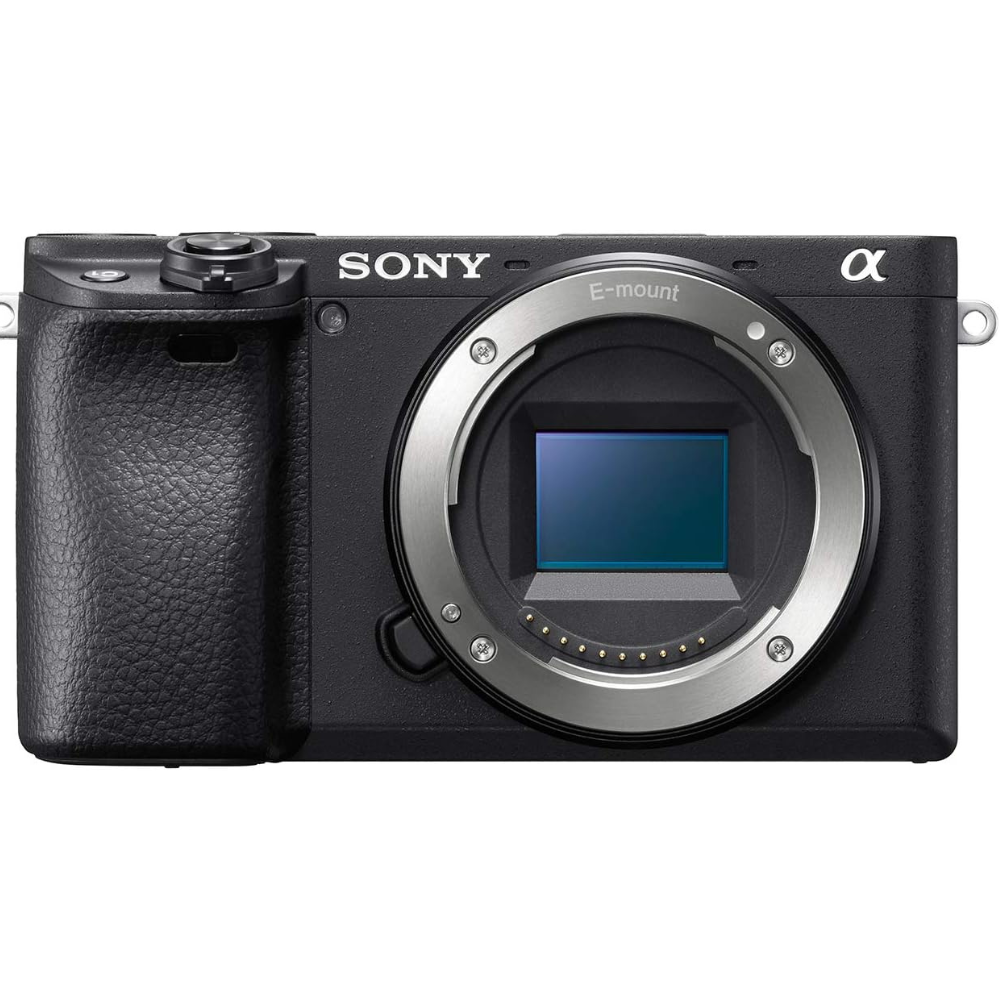
Ergonomics and handling play a significant role in the overall shooting experience. Consider the camera's size, weight, and grip comfort, as these factors can affect how comfortable and stable the camera feels in your hands. A camera that fits well in your hands and has intuitive button placement can enhance your shooting experience, especially during long photography sessions or when shooting in challenging conditions.
The layout and accessibility of controls and menus are important considerations for efficient and intuitive camera operation. Evaluate how the camera's controls are laid out and whether they are easily accessible. Intuitive controls can help you quickly adjust settings and capture shots without fumbling through complex menus. Additionally, a well-designed menu system with clear organization and easy navigation can save you time and frustration when accessing various camera settings and functions.
➯ Connectivity and Sharing Options
When considering a camera, it is important to assess its connectivity options. Wi-Fi, Bluetooth, and NFC capabilities can greatly enhance your camera's functionality. Wi-Fi allows you to connect your camera to the internet, enabling you to easily transfer photos and videos wirelessly to your computer or smartphone. Bluetooth allows for seamless connection with other devices, such as wireless headphones or speakers. NFC (Near Field Communication) enables quick and easy sharing of files by simply tapping your camera against another NFC-enabled device. Assessing the availability of these connectivity options will help you determine how easily you can share and transfer your media files.
In addition to assessing the connectivity options, it is also important to explore the camera's compatibility with external devices and online platforms. Some cameras offer compatibility with external devices such as printers or external storage devices, allowing you to directly print or store your photos and videos. Furthermore, compatibility with online platforms such as social media sites or cloud storage services can make it convenient to share your media files with friends and family or store them securely. Considering these compatibility options will ensure that you can easily share and store your captured moments.
➯ Battery Life and Storage
Battery life is a crucial factor to consider when choosing a camera. Assessing the camera's battery life will help you determine how long you can use it before needing to recharge or replace the battery. Additionally, it is worth considering whether spare batteries are readily available for purchase, as having an extra battery can be useful during extended shooting sessions or when traveling. Evaluating the camera's battery life and the availability of spare batteries will ensure that you can capture your moments without worrying about running out of power.
Storage options are another important aspect to consider. Cameras typically come with built-in storage, but it is essential to assess the capacity and whether it is expandable. Compatibility with memory cards, such as SD or microSD cards, allows you to increase the storage capacity of your camera. This is particularly useful when capturing high-resolution photos or recording videos. Considering storage options and compatibility with memory cards will ensure that you have enough space to store all your media files.
➯ User Reviews and Expert Opinions
To gain insights into the performance and reliability of different camera models, it is beneficial to research user reviews and ratings. User reviews provide firsthand experiences and opinions from individuals who have used the camera. By reading these reviews, you can learn about the camera's strengths, weaknesses, and overall user satisfaction. Pay attention to common themes or recurring issues mentioned in the reviews to make an informed decision.
Conclusion
Choosing the right camera involves considering various factors. Assessing the connectivity and sharing options, evaluating battery life and storage, researching user reviews and expert opinions, and narrowing down your options based on these considerations are all important steps. By making an informed decision that aligns with your needs, budget, and preferences, you can find a camera that will meet your expectations and capture your moments effectively.
It is essential to encourage readers to carefully consider their requirements and conduct thorough research before purchasing a camera. Each individual's needs and preferences may vary, so taking the time to understand what you truly need from a camera will help you make the best choice. By conducting thorough research, reading user reviews, and seeking expert opinions, you can gather valuable insights and make an informed decision. Remember, investing time in research will ultimately lead to a camera that suits your needs and enhances your photography experience.
More On Cameras ⬇📷⬇


